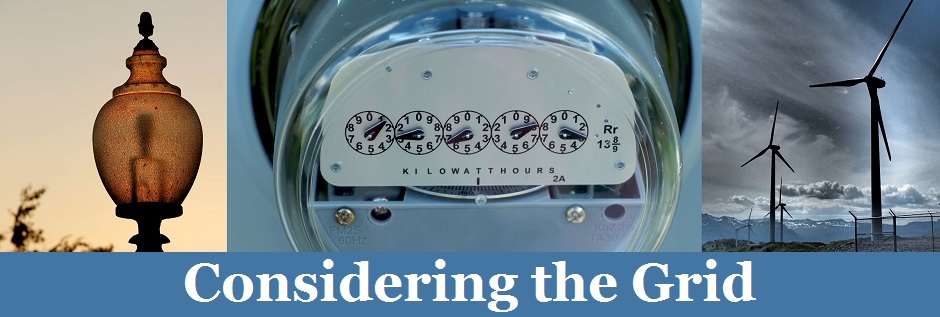On Monday, June 21, 2016, the Energy Information Administration (EIA) released its Issues in Focus report on the Clean Power Plan (CPP). The report, part of EIA’s soon-to-be released 2016 Annual Energy Outlook (AEO), offers a deeper dive into the emissions and electricity price impacts of various CPP compliance paths, as well as a “No CPP” case, which assumes that the CPP is voided and not replaced by comparable emissions limitations.
EIA projects that under the Reference case, which assumes all states choose mass-based compliance, total electric power sector carbon dioxide emissions in 2030 will be 35% below 2005 levels and remain constant through 2040. Under the CPP Rate case, which assumes all states elect rate-based compliance, EIA predicts similar reductions through 2030, but expects a slight rise in emissions over the following ten years, reporting that 2040 emissions were projected to be only 32% below 2005 numbers.
Regardless of compliance methodology, EIA finds that in all cases that assumed CPP compliance, power sector carbon dioxide emissions are to be 18% to 21% lower in 2030 and 16% to 21% lower in 2040 than emissions projected under the No CPP case. In addition to gains in emissions reductions, EIA finds that the CPP cases modeled resulted in more retirements of fossil-fired generation capacity and greater increases in renewable resources. Even in the No CPP case, EIA projects increases in renewable energy generation across all regions between 2015 and 2030.
EIA’s analysis also projects higher retail electricity price impacts under CPP cases than under the No CPP case. According to EIA’s projections, the Reference and the CPP Rate cases yield similar increases in retail electricity prices of 1% to 5% above prices in the No CPP case between 2022 and 2030, and remain fairly constant thereafter at 3% above the No CPP from 2030 onward. Other CPP cases modeled demonstrate greater price increases. For the CPP Extended case, which assumes emissions targets will be ratcheted down following the CPP’s initial compliance period, electricity prices in 2040 are 3% higher than in the Reference case and 6% higher than in the No CPP case. Likewise, EIA projects that the CPP Allocation to Generators case, which assumes that all regions meet mass-based targets and that carbon allowances are allocated to electricity generators instead of load-serving entities, will result in price increases roughly 1% higher than in the Reference case and 4% higher than in the No CPP case between 2022 and 2030.
The full 2016 AEO is expected July 7, 2016, and will include additional cases and discussion.

